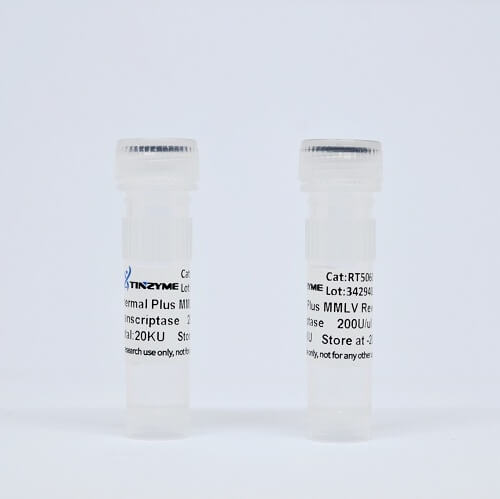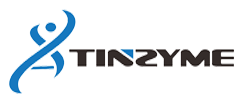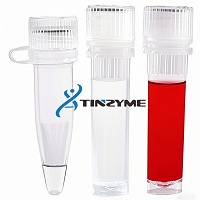
ThermoPlus M-MLV Reverse Transcriptase (RNase H-)
2025-03-19
BspQI, Animal free
2025-04-02BsaI, Animal free
Product Number: RE0327
Shipping and Storage
-70±10℃
Description
Restriction endonucleases, abbreviated as restriction enzymes, are a type of nucleic acid endonuclease that can recognize specific deoxyribonucleotide sequences and cleave the phosphodiester bond between two deoxyribonucleotides at specific positions in each strand. Restriction enzymes are an important component of the “restriction modification system”, whose biological function is mainly to protect the host from infection by foreign DNA. They are widely used in various fields such as gene localization and cloning, gene structure research, DNA sequence analysis and determination, gene synthesis, etc. BsaI is derived from thermophilic Bacillus subtilis and is a commonly used restriction endonuclease.
This product is produced using recombinant protein production technology to obtain the restriction enzyme BsaI. It is produced using pharmaceutical grade raw materials and strictly controls host protein residues, nucleic acid residues, etc. It complies with GMP standards for product production and quality management regulations, ensuring traceability of the production process and all raw materials.
This product has completed the DMF filing with the US FDA.
Application
Molecular cloning; Genotyping; Southern hybridization; Restriction fragment length polymorphism (RFLP).
Quality control
| Project | Specification |
| Appearance | Clear liquid |
| Visible foreign matter | Compliance |
| pH | 7.0-8.0 |
| Reactivity | 10U/μL-10.5U/μL |
| Residual endonuclease | The degradation of substrates shall not exceed 10% |
| Residual exonuclease of nucleic acid | The degradation of substrates shall not exceed 10% |
| RNA enzyme residue | The degradation of substrates shall not exceed 10% |
| Bacterial endotoxin | < 1EU/mL |
| Heavy metal | ≤ 10 ppm |
| Microbial limit | The total number of aerobic bacteria should not exceed 1cfu/10mL, and the total number of mold and yeast should not exceed 1cfu/10mL |
Features
- This product has strong specificity and can specifically cleave the DNA sequence it recognizes. The recognition sequence is as follows:
5’…GGTCTC(N)1↓… 3’
3’…CCAGAG(N)5↑… 5’
- Methylation modification affects:
Affected by CpG methylation and Dcm methylation, the sequences completely overlap and are cut off; Due to the influence of EcoBI methylation, the sequences completely overlap and splicing may be hindered;
Not affected by Dam methylation, the sequence has no overlap, and splicing will not be hindered.
Definition of Activity
Under the conditions of 50℃ and pH 7.0, complete digestion of 1μg of λ DNA within 1 hour is defined as 1 active unit.
Preservation system
20mM Tris-HCl; 500mM KCl; 1mM DTT; 0.1mM EDTA; 0.1% Triton X-100; 50% Glycerol; pH 7.0 at 25℃.

